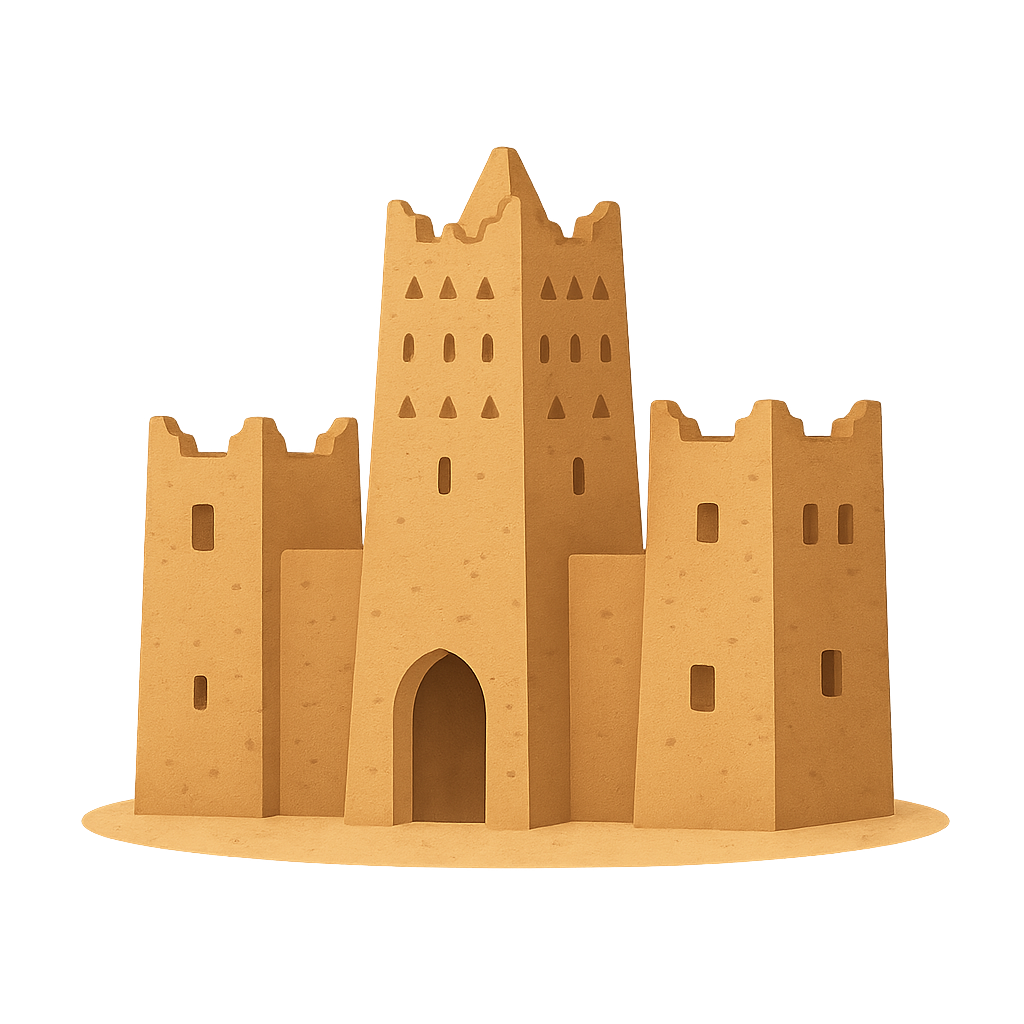The Whispering Sands
During the day, I am a vast, shimmering ocean of sand under a hot, bright sun. My golden dunes ripple and shift like giant, slow-motion waves. At night, the heat fades, and I pull on a cool blanket of glittering dust, where the stars feel so close you could almost touch them. I have held the secrets of the Earth for thousands upon thousands of years, listening to the wind whisper across my face. I am ancient, I am powerful, and I am full of stories. I am the Sahara Desert.
But I wasn't always this way. If you could travel back in time, about 11,000 years ago, you wouldn't recognize me. My memories are painted in green. I was a lush savanna, filled with tall grasses that tickled the bellies of giraffes. Elephants stomped through my wetlands, and hippos yawned in my wide, flowing rivers. I held a giant lake called Lake Mega-Chad, so big it was like an inland sea. People lived by my waters, fishing and hunting. They left a beautiful diary for you to find, painted on the rocks in places like Tassili n'Ajjer. These paintings show them swimming, herding cattle, and celebrating their green world. They are a precious memory of a time when the rain loved to dance upon my back.
My great change happened slowly, like a long, deep breath. Over thousands of years, the Earth tilted just a tiny bit on its journey around the sun. This small shift changed everything. The rain clouds that once visited me began to travel to other places. The visits became shorter, and then they stopped coming almost completely. Around 5,000 years ago, my rivers began to shrink and then disappear into the thirsty ground. My lakes dried up, leaving behind beds of salt that shimmered like ghosts. The green grasses turned to gold, and the gold turned to fine, soft sand. It was not a sad ending, but a powerful transformation into the quiet, magnificent desert I am today.
Even though my waters vanished, life did not. New people came, like the wise Tuareg, who learned to read the map of stars in my night sky. They became my guides, navigating my sandy waves with incredible skill. They learned to travel with an animal perfectly made for me: the camel. With their long legs and ability to go for days without water, camels became the 'ships of the desert'. For more than a thousand years, great caravans of camels created trade routes across my vastness. They carried precious cargo, like gleaming slabs of salt which were as valuable as money, and shimmering gold brought from the empires to my south. These caravans were like threads stitching different parts of the world together, connecting great cities and allowing cultures to share ideas, stories, and treasures.
Today, you might think I am empty, but I am teeming with hidden life. Clever animals like the fennec fox use their giant ears like fans to stay cool while they listen for tiny insects moving under the sand. Scientists come from all over the world to study my history. They read my layers of sand like pages in a book to understand how Earth’s climate changes. They even study me to learn about other planets, like Mars, which has deserts of its own. Looking back, I see that I am a library of history, a teacher of resilience, and a canvas for the most beautiful stars. I show everyone how life can find a way to thrive in the most challenging places, and I will always hold the stories of our world for anyone curious enough to listen to the whispers in the wind.
Reading Comprehension Questions
Click to see answer
